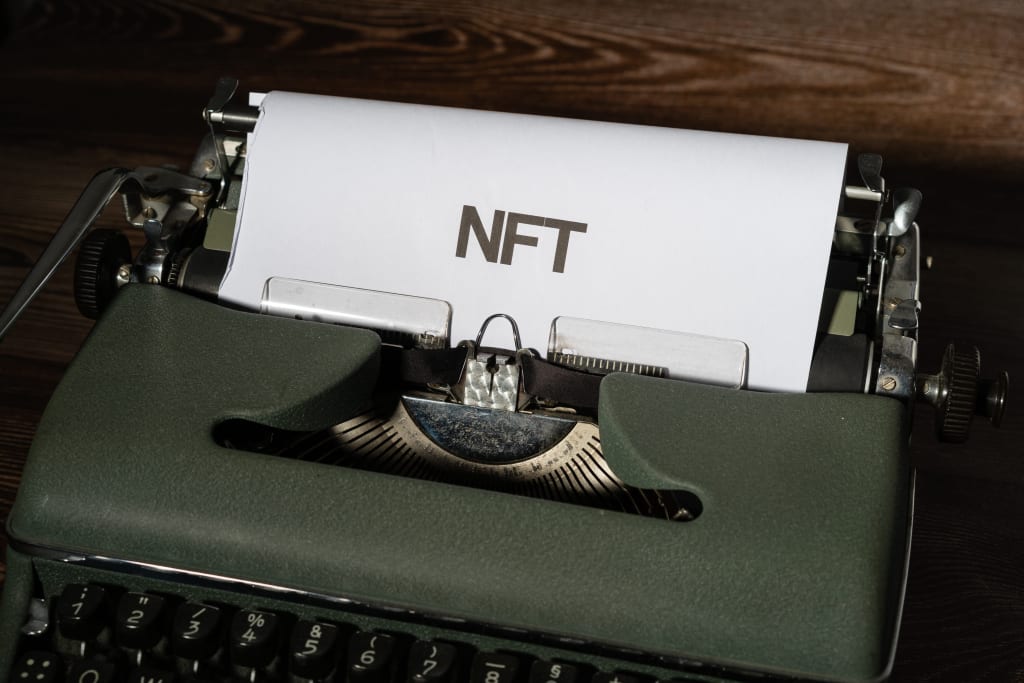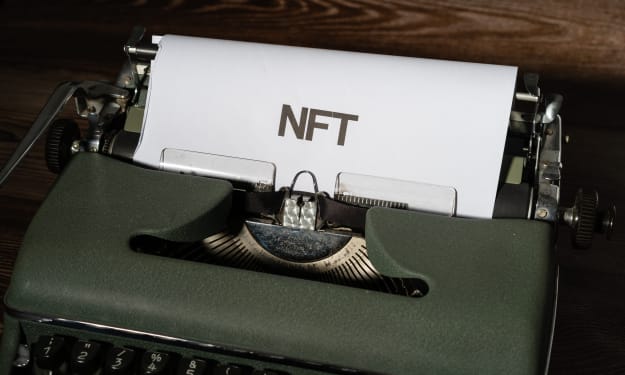Digital Art Goes Mainstream: The Evolution of NFTs in the Music Industry
How NFTs Are Changing the Way We Experience Music and Art

The world of digital art has been rapidly evolving in recent years, and nowhere is this more evident than in the music industry. From album covers to music videos to live performances, artists are increasingly using digital art and technology to enhance the way we experience music.
One of the most exciting developments in this space has been the rise of NFTs, or non-fungible tokens. These digital collectibles have been making waves in the art world for some time now, but they are now starting to gain traction in the music industry as well. In this article, we will explore the evolution of NFTs in the music industry and how they are changing the way we experience music and art.
What are NFTs?
Before we dive into the specifics of how NFTs are being used in the music industry, it is important to understand what they are and how they work. In essence, NFTs are digital tokens that represent ownership of a unique asset, such as a piece of artwork, a tweet, or a piece of music. These tokens are stored on a blockchain, which provides a secure and transparent way to verify ownership and transfer ownership between parties.
What makes NFTs unique is that they are non-fungible, meaning that they cannot be exchanged for other tokens on a one-to-one basis. This is in contrast to other types of digital assets, such as cryptocurrencies, which are fungible and can be exchanged for each other. Instead, each NFT is unique and has its own value based on factors such as rarity, demand, and authenticity.
The Evolution of NFTs in Music
Now that we have a basic understanding of what NFTs are, let's take a look at how they are being used in the music industry.
One of the earliest examples of NFTs being used in music was in 2017, when DJ 3LAU sold a limited edition album consisting of 33 unique tracks as NFTs. Each track was sold as a separate token, with the buyer receiving the rights to the track and exclusive merchandise related to it. The album sold for over $11 million, demonstrating the potential value of NFTs in the music industry.
Since then, many other artists have jumped on the NFT bandwagon, using them to release exclusive content, offer VIP experiences, and sell digital collectibles. Some examples include:
Grimes, who sold a series of NFTs featuring digital art and music for over $6 million
Kings of Leon, who released their latest album as an NFT with exclusive content and experiences for fans
Deadmau5, who auctioned off a custom-built NFT helmet for over $100,000
The Weeknd, who sold limited edition NFTs of a new song and digital artwork for over $2 million
These examples demonstrate the potential for NFTs to offer unique and valuable experiences for fans, while also providing a new revenue stream for artists.
Challenges and Opportunities
While NFTs offer many opportunities for artists and fans, they also come with their own set of challenges and limitations. One of the main concerns is the environmental impact of the energy-intensive blockchain technology used to store and verify NFTs. There are also concerns about the potential for fraud and scams, as well as the need for clear regulations and standards to ensure the integrity of the market.
Despite these challenges, the potential for NFTs in the music industry is vast. As the technology continues to evolve and become more accessible, we are likely to see more diverse and innovative uses of NFTs in music and art. From virtual concerts to exclusive behind-the-scenes content, the possibilities for creating unique and valuable experiences for fans are endless.
Another important opportunity that NFTs offer is the ability to support and empower independent artists. With traditional streaming services and record labels taking a large percentage of revenue from artists, NFTs offer a way for artists to directly monetize their work and build a loyal fanbase. This can be especially beneficial for emerging artists who may not have the backing of a major label or the resources to tour extensively.
The Future of NFTs in Music
Looking ahead, it is clear that NFTs will continue to play an important role in the music industry in the coming years. As more artists experiment with this technology and explore its potential, we are likely to see new and innovative uses of NFTs that push the boundaries of what is possible.
One potential area of growth for NFTs in music is in the realm of live performances. With the COVID-19 pandemic having a major impact on the music industry and live events, artists are increasingly exploring new ways to connect with fans and create unique and memorable experiences. NFTs offer a way for artists to monetize virtual concerts and offer exclusive content and experiences to fans around the world.
Another area of growth for NFTs in music is in the realm of fan engagement and community building. As the music industry becomes more decentralized and independent artists gain more control over their work, NFTs offer a way for artists to build closer relationships with their fans and create a sense of community around their music. By offering exclusive content, behind-the-scenes access, and unique experiences to fans, artists can create a loyal fanbase that supports their work and helps them succeed.
Conclusion
The rise of NFTs in the music industry represents an exciting and transformative shift in the way we experience music and art. By offering a new way to monetize and distribute digital content, NFTs are empowering artists and offering fans unique and valuable experiences. While there are challenges and limitations to this technology, the potential for NFTs in music is vast and we are likely to see many more innovative uses of this technology in the years to come. As the music industry continues to evolve, NFTs will play an increasingly important role in shaping the future of digital art and music.
About the Creator
Balla Adorján
As a writer, I understand the importance of tailoring my writing style to suit the needs of the specific project, whether that be a formal academic article or a fun and lighthearted blog post.
Enjoyed the story? Support the Creator.
Subscribe for free to receive all their stories in your feed. You could also pledge your support or give them a one-off tip, letting them know you appreciate their work.






Comments
There are no comments for this story
Be the first to respond and start the conversation.